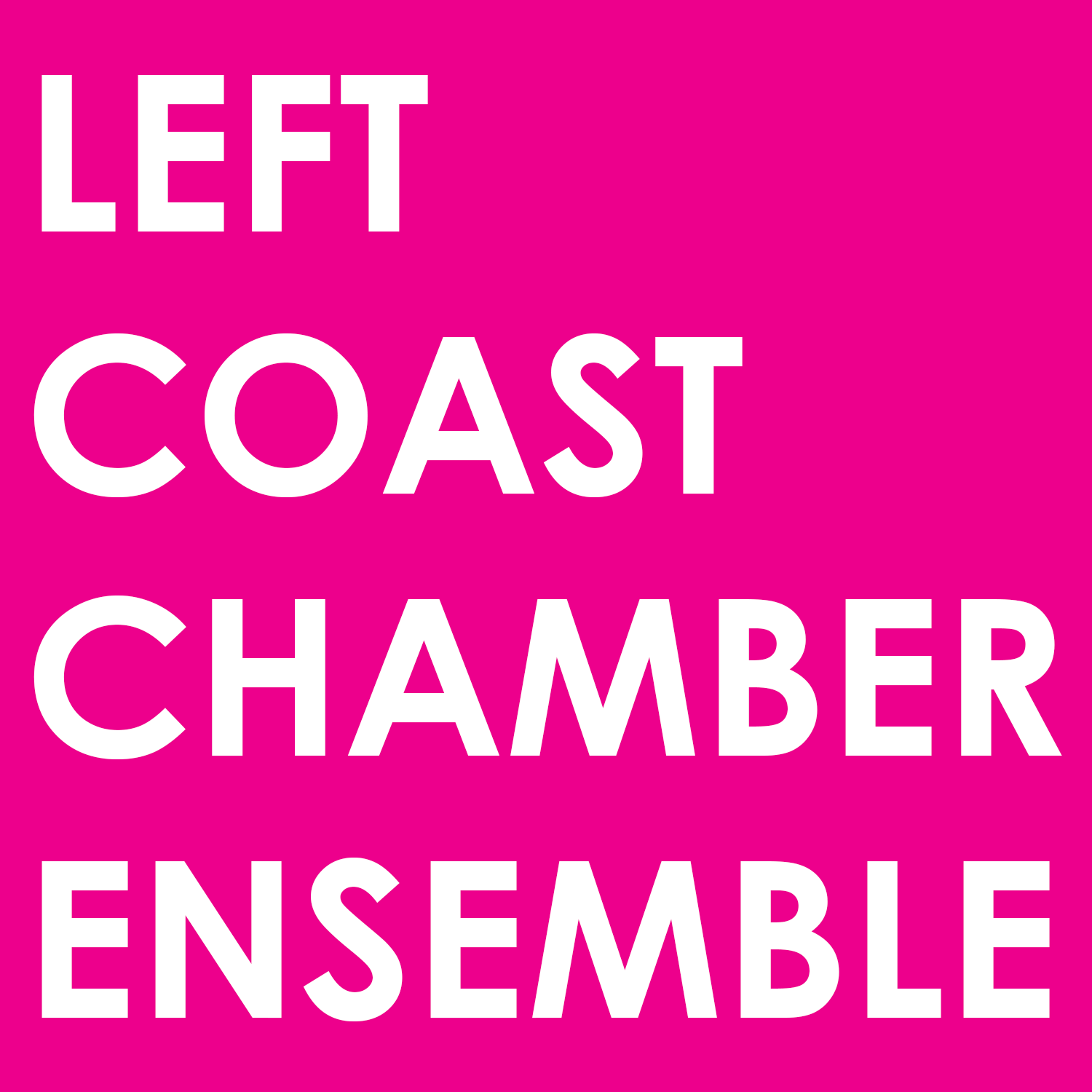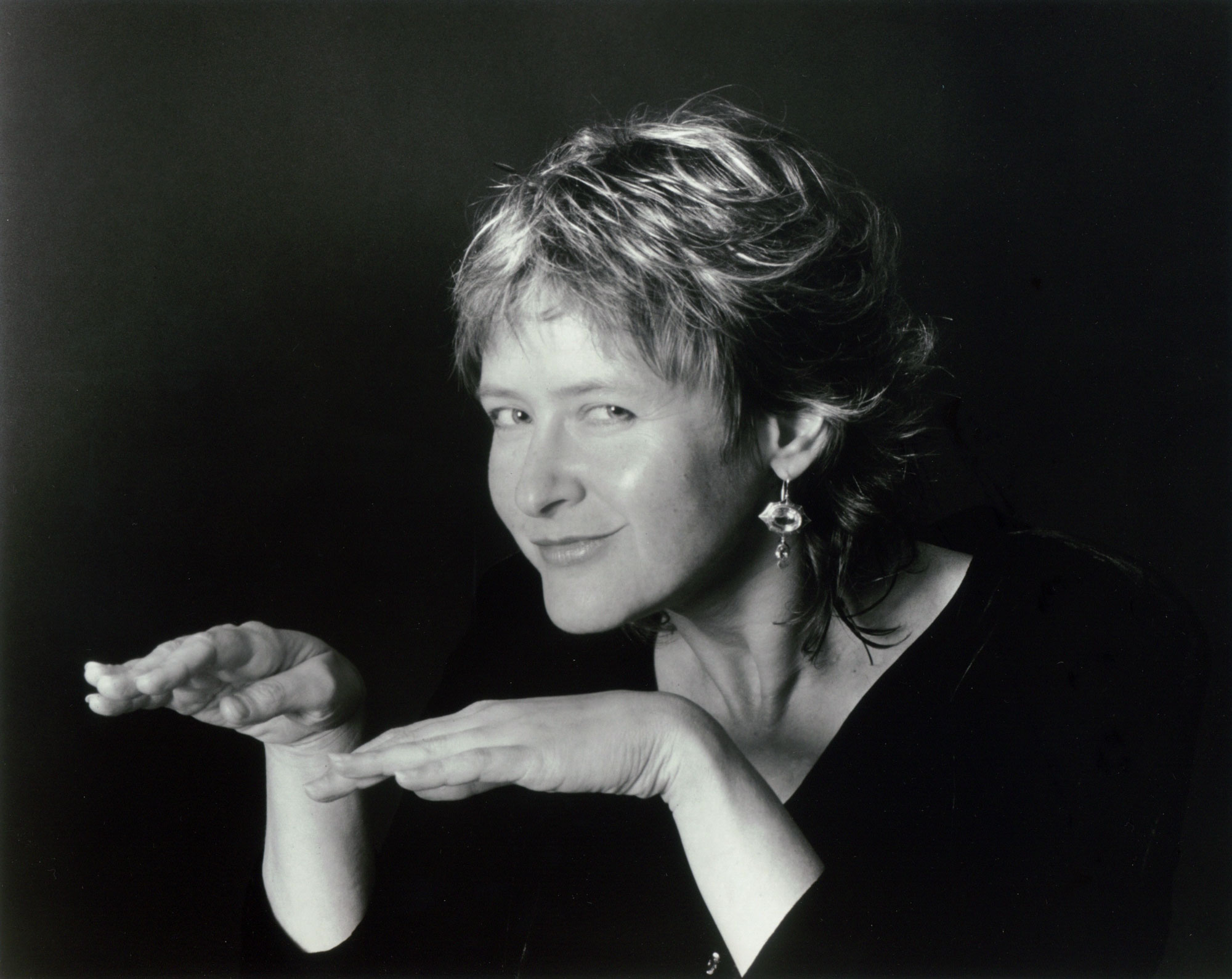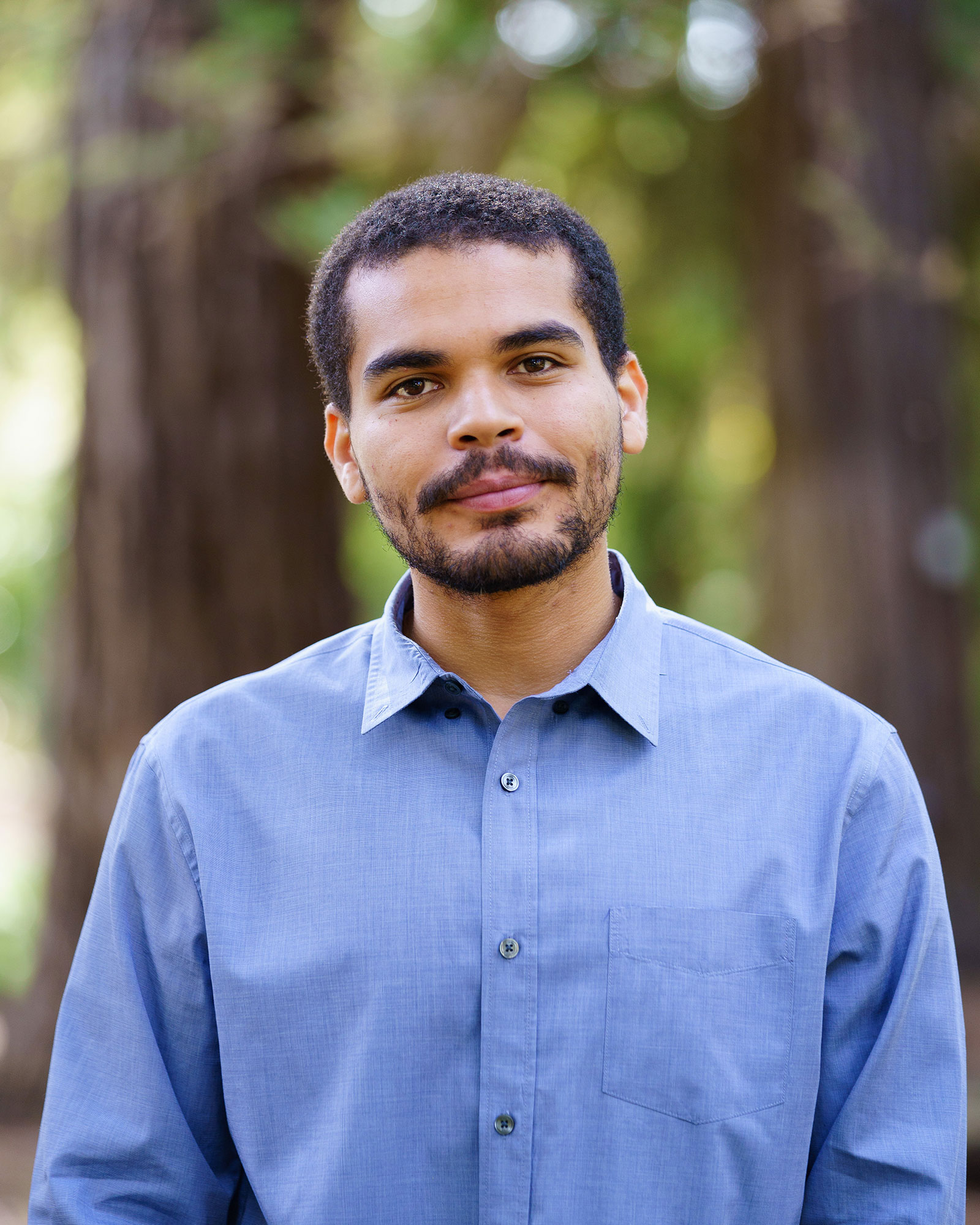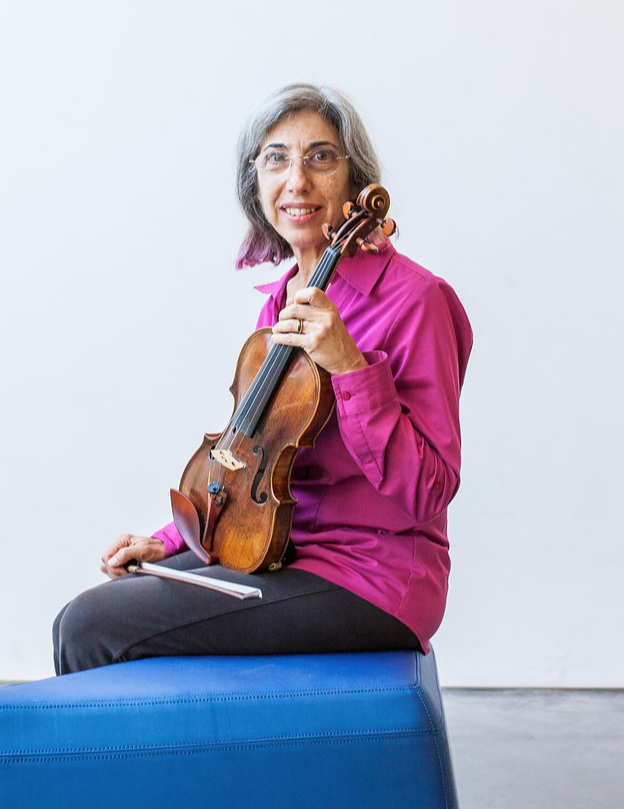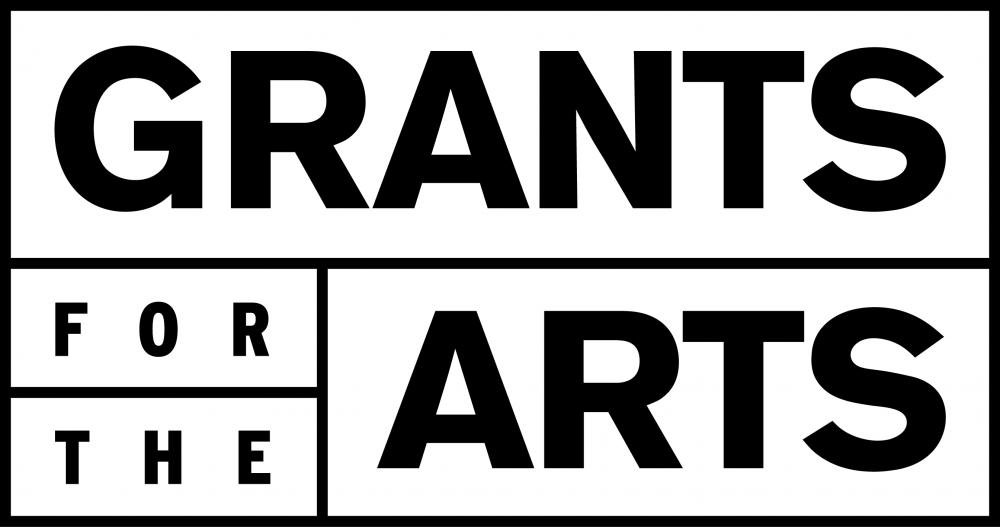Thank you to all who tuned in for our virtual concert!
While we were sad to cancel Fairytale Pieces for our in-person audience in the wake of COVID-19, we send heartfelt thanks to all who supported us from home. Enjoy the concert videos below, and check out our review in the San Francisco Chronicle!
Robert Schumann – Fairytale Pictures, Op. 113
*Chris Castro – Coyote Goes to the Sky and Birds of Fortune
-Featuring guest storyteller Susan Strauss
**Carl Schimmel – Ladle Rat Rotten Hut WORLD PREMIERE
Music illuminates folklore in Schumann's Fairytale Pieces for viola and piano, Chris Castro's musical rendition of myths about Coyote and Old Man Farmer, and Carl Schimmel's Ladle Rat Rotten Hut––a topsy turvy Little Red Riding Hood for the 21st Century. Featuring guest storyteller Susan Strauss.
Open seating.
*Commissioned by the Left Coast Chamber Ensemble and premiered in March 2019 as the ensemble-in-residence at the Doug Adams Gallery at the Graduate Theological Union’s Center for Arts and Religion (CARe).
**Carl Schimmel’s new work is commissioned by a generous grant from the Fromm Foundation of Harvard University.
Artists
Phyllis Kamrin, viola
Leighton Fong, cello
Stacey Pelinka, flute
Loren Mach, percussion
Allegra Chapman, piano (guest performer)
Susan Strauss, storyteller (guest performer)
Nikki Einfeld, narrator
Matilda Hofman, conductor
BERKELEY
Berkeley Hillside Club
2286 Cedar St, Berkeley [directions]
Sunday, March 8, 2020, 7:30 PM
CANCELED
SAN FRANCISCO
SF Conservatory of Music
50 Oak Street, San Francisco [directions]
Monday, March 9, 2020, 7:30 PM
CA
Get to know the music!
Ladle Rat Rotten Hut
Program Notes by Carl Schimmel
Ladle Rat Rotten Hut is a whimsical version of “Little Red Riding Hood” that was first published in 1953 by Howard L. Chace, a professor of Romance languages at Miami University in Ohio. Chace called his new “language” Anguish Languish (instead of “English Language”). The text is a type of homophonic transformation, akin to a mondegreen (a mishearing of song lyrics, for example), although whereas many homophonic transformations use words from a foreign language (as in Luis d’Antin van Rooten’s version of “Humpty Dumpty,” which begins: “Un petit d’un petit…”), Ladle Rat Rotten Hut converts English to English (“Anguish”). I first heard Ladle Rat Rotten Hut in the early 1980s when a storyteller performed it for my elementary school, and I was instantly taken with the cleverness of the wordplay. By the time I was studying music composition in graduate school I already had an idea that I would like to use it someday as part of a musical work. My opportunity came when I received a Fromm Foundation commission in 2019 to write for Left Coast Chamber Ensemble.
My version of Ladle Rat Rotten Hut contains additional “musical numbers” which are sprinkled throughout the story and which heighten the emotional content of the composition. They are both humorous and macabre, and together they highlight one of the strange central topics in “Little Red Riding Hood” – that of providing food and becoming food, of eating and being eaten…. These “arias” are constructed from words used in the original – words that are now to be understood in their original and literal English meaning. So not only are they like songs in musicals in that they break out of the “perceived” time of the story and serve as windows into the “real” emotional lives of the characters, they also break out of the “Anguish Languish” and employ the English Language in its pure form. Similarly, the instruments in the ensemble, and the percussion instruments in particular, provide a musical illustration of both the “true” underlying text (e.g., the little girl) and the text in its literal sense (the “ladle gull”). The resulting composition is, I hope, a surprising and entertaining exploration of the many ways that sound – both music and language – can convey a complex(ity) of meanings.
Robert Schumann (1810–1856)
Märchenbilder (Fairy Tale Pictures) for Viola and Piano, Op. 113
Program Notes by Scott Foglesong
Robert Schumann was all too aware that his wife Clara’s musical skills were far more marketable than his; she was one of the era’s greatest pianists, while he made his income as a critic and from the meager proceeds from his compositions. So when in 1850 the chance to head up a substantial German orchestra came his way, he was thrilled to relocate the family to the lovely Rhineland city of Düsseldorf.
It started out well enough. Schumann was a big catch for Düsseldorf and public excitement was high. For his concertmaster he chose Wilhelm Joseph von Wasielewski, former student of Mendelssohn, Ferdinand David, and Schumann himself at the Leipzig Conservatory. Wasielewski found immediate and lasting success in Düsseldorf, but the same cannot be said for his boss. The problem was simple enough: Schumann just wasn’t much of a conductor. Performance standards tanked. Schumann and the orchestra toughed it out for three seasons, but in 1853 the administrators fired him. Failure exacerbated the decline in his already frail mental health, and he attempted suicide a year later. Committed to a sanitarium at his own request, Schumann’s physical health deteriorated precipitously—tertiary syphilis might be behind that—and he died on July 29, 1856 at age 46.
Some good did come of the Düsseldorf debacle: the “Rhenish” Symphony No. 3, a major revision of what would become the fourth symphony, a glorious cello concerto. And right at the cusp of his Düsseldorf life, an utterly winning set of Fairy Tale Pictures dedicated to concertmaster Wasielewski. Schumann, ever sensitive to current literary trends, might well have been responding to the mid-century bounty of folk-tale collections such as Des Knaben Wunderhorn. But which folk tales inform these pieces? Schumann doesn’t say, nor do the movement titles. Thus let them be what you will; create your own cast of cinderellas and rapunzels and wicked witches, or set that all aside and focus on just the music: it’s vintage Schumann, teeming with energy and an inexhaustible flow of wonderful ideas.
Birds of Fortune and Coyote Goes to the Sky
Program Notes by Chris Castro and Susan Strauss
Castro: Left Coast Chamber Ensemble asked me in December of 2018 to compose two pieces to accompany storyteller Susan Strauss's Birds of Fortune and Coyote Goes to the Sky. The commission gave me a unique challenge because Susan never tells the stories the same way twice. For a composer who writes strictly notated music, I had to give special consideration to how I would accompany and interact with a changing foreground. Writing both of these works was like trying to hit a moving target.
Susan sent me a recording of her telling each story. I was hesitant to listen too many times, as I didn't want to have an "urtext version" of the stories in my mind. I listened just enough to possess them, and never listened again.
Each story has integral moments that need to be told to assist the plot: for example, "The moment his cap went on to his head" in Birds of Fortune. I used these moments as nodes, or weigh stations for my music. I composed long phrases, both atmospheric and interactive, between these nodes. At these nodes my phrases logically found themselves at points where the music could either repeat itself (without sounding like a broken record) if Susan chose to elongate any detail, or could move forward to the next long phrase. My goal was to write an atmospheric and flexible counterpoint to her imaginative storytelling.
Strauss: Coyote Goes to the Sky is a traditional story from the Karuk people of Northern California. I researched it from the work of linguist, Dr. William Bright, in the University of California, Los Angeles publications of linguistics. The initial recording produced the story in a word for word translation which preserves the rhythm and syntax of the original language; this was followed by an additional “free translation” in English. My early storytelling work was focused on Native American traditional stories researched from anthropological and linguistic texts in addition to work with Native elders, and I learned to speak some Nez Perce from one of my teachers.
Birds of Fortune is a traditional Japanese story. My interest in the story was inspired by a Japanese colleague. The story was researched from three texts of the story and is characteristic of Japanese traditional folk literature which focuses on the wisdom of nature.
